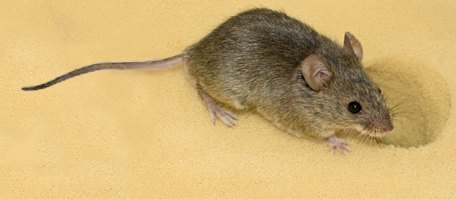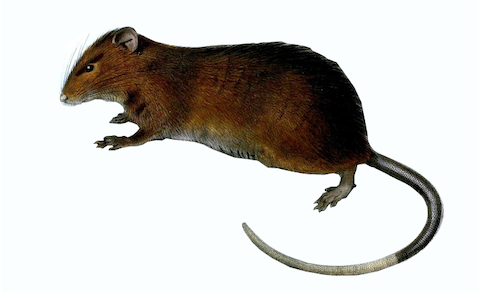Murine Monocytes: Origins, Subsets, Fates, and Functions.
Abstract
Monocytes are short-lived mononuclear phagocytes that circulate in the bloodstream and comprise two main subpopulations that in the mouse are best defined by the Ly6C marker. Intravascular functions of "classical" Ly6C+ monocytes and their interactions with other lymphoid and myeloid leukocytes in the circulation remain poorly understood. Rather, these cells are known to efficiently extravasate into tissues. Indeed, Ly6C+ monocytes and their descendants have emerged as a third, highly plastic and dynamic cellular system that complements the two classical, tissue-resident mononuclear phagocyte compartments, i.e., macrophages and dendritic cells, on demand. Following recruitment to injured tissue, Ly6C+ monocytes respond to local cues and can critically contribute to the initiation and resolution of inflammatory reactions. The second main murine monocyte subset, Ly6C- cells, derive in steady state from Ly6C+ monocytes and remain in the vasculature, where the cells act as scavengers. Moreover, a major fraction of Ly6C- monocytes adheres to the capillary endothelium and patrols the vessel wall for surveillance. Given the central role of monocytes in homeostasis and pathology, in-depth study of this cellular compartment can be highly informative on the health state of the organism and provides an attractive target for therapeutic intervention.
| Authors: | Mildner A, Marinkovic G, Jung S |
|---|---|
| Journal: | Microbiol Spectr; 2016 10; 4(5). doi:10.1128/microbiolspec.MCHD-0033-2016 |
| Year: | 2016 |
| PubMed: | PMID: 27780020 (Go to PubMed) |


